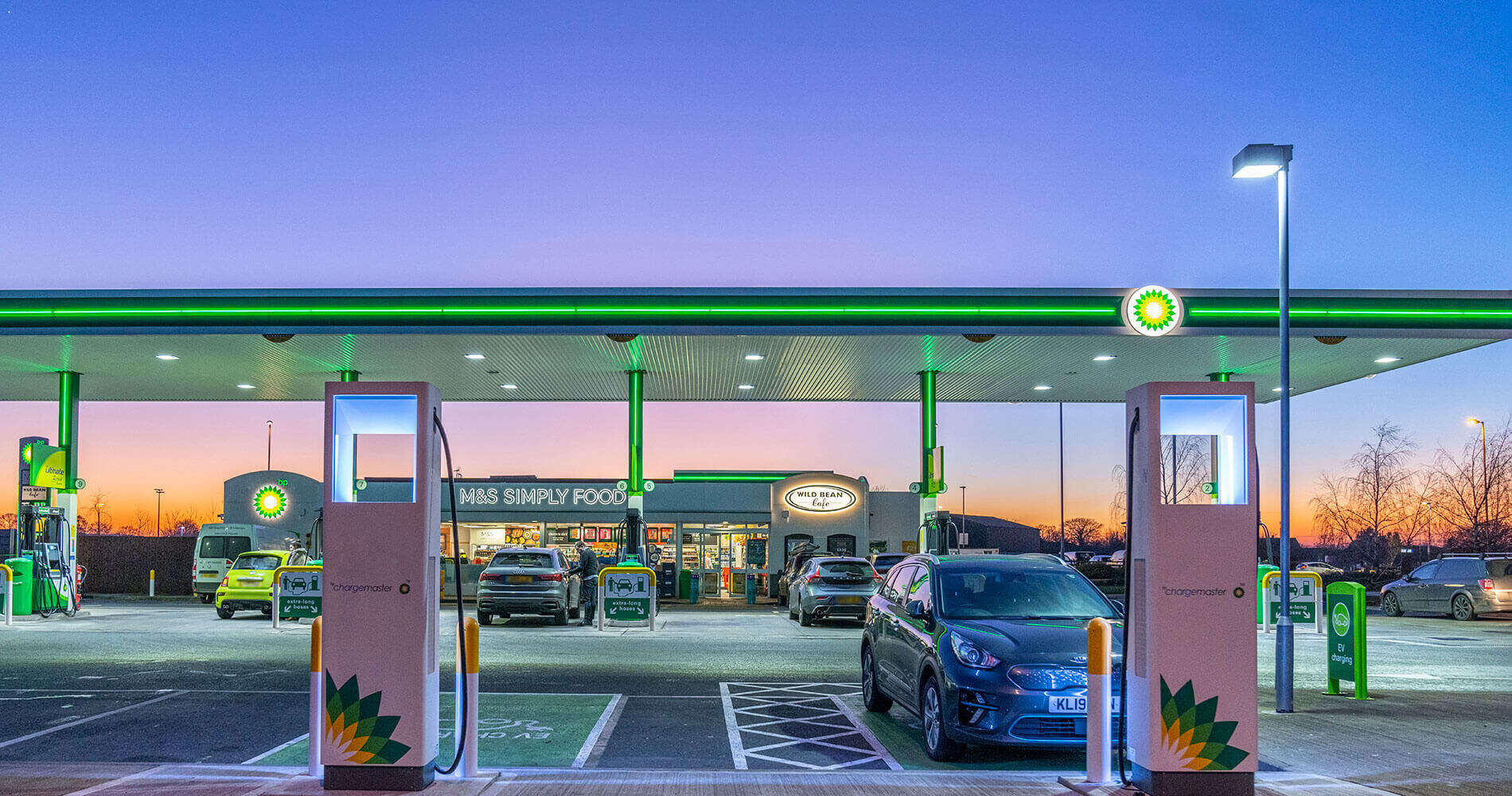
BP plans to double capital expenditure on digital by 2025 as part of an aggressive business transformation, the company confirmed this week.
The announcement came as BP reported eye-watering losses for the quarter of $16.8 billion, compared with a profit of $1.8 billion for Q2 2019.
The losses were driven primarily by non-cash Upstream exploration write-offs. They came as BP’s announced a radical review of its long-term strategic plan — built around stark revisions to long-term oil price assumptions — and announced plans to cut 10,000 jobs as it scrambles to make BP “leaner, faster moving and lower cost”.
The bad news for O&G was good news for tech: BP plans to ramp up its cloud migrations, boost work on customer data and partner with the tech industry to help it decarbonise. (Previously revealed plans in which it is trading energy with AWS for massively discounted cloud services may be a sneak preview of that approach).
New BP Strategy: What’s Changing?
Twenty years ago, BP rebranded itself from British Petroleum to “Beyond Petroleum” (a move it later dropped in favour of plain “BP”). Two decades on, a bona fide plan to pivot from being an “International Oil Company to Integrated Energy Company” has been announced — and this time, it looks like more than a PR move.
The plans are detailed, and include:
- A massive decrease in upstream capital intensity, which will result in production declines by 40% by 2030, with no exploration in new countries
- A 10-fold increase in low carbon investment by 2030 (to $5 billion/y)
- Partnering with 10-15 cities and 3 core industries in decarbonisation efforts and doubling customer interactions to 20 million per day, all by 2030. The industries include “high-tech and consumer-facing; heavy transport, which includes aviation, marine and trucks; and heavy industry, which includes cement and steel.”
 They come as BP faces huge pressure from low oil prices and as upstream exploration becomes ever more capital intensive as large plays become harder to reach.
They come as BP faces huge pressure from low oil prices and as upstream exploration becomes ever more capital intensive as large plays become harder to reach.
As Helge Lund, chairman of BP’s board put it: “Our first judgement simply recognises a stark truth. The world is on an unsustainable path – its carbon budget is running out.
Our second judgement is that – in response to that stark truth – energy markets have begun a process of fundamental, lasting change – shifting increasingly towards low carbon and renewables.
“Oil and gas produced safely and efficiently, will, we believe, continue to perform a vital role for the world and in our business. But – and this is our third judgement – over the longer term the demand for both oil and gas will be increasingly challenged.”
Digital will be a “key enabler” of BP’s pivot “from IOC to IEC”, as new hire Giulia Chierchia — executive VP, strategy and sustainability — told analysts on an earnings call.
She said: “Over the last three years, we have hired 150 digital professionals each year, from a diverse set of companies such as Wartsila, Tesla and Uber… We now have 40% of our digital estate on the cloud and intend to double that in the next five years.
Chierchia, a former senior partner at McKinsey who was poached from the consultancy in April 2020 added: “Within this digital estate, we have simplified the number of applications by 30% in recent years. We intend to build on seamless digital experiences to grow our customer-facing businesses.”
CFO Murray Auchincloss added: “We have an ambition to deliver $3 billion to $4 billion of total cash cost reductions by 2023, a reduction of around 20% on our overall cost base. These are underpinned by structural reductions enabled by reinventing BP as a leaner, more agile, digitally enabled organization. They’re focused not only on fewer people but on eliminating waste and driving supply chain efficiencies.
Did Someone Say “Cloud”?
As reported by Computer Business Review late last year, an “all in” BP cloud migration will see the supermajor shut down its two mammoth Canary Wharf data centres in favour of shifting 900+ mission critical applications to AWS.
The project is no lift-and-shift of a few customer-facing apps. The software being moved to the cloud this year includes real-time oil and gas trading applications handling billions of pounds of transactions and running on custom hardware (“thankfully, no mainframes!” said BP’s Stewart Fry – the man in charge ).
It will also include SAP software handling HR and finance functions for a 17,500-strong global workforce; databases capturing metrics on everything from European spark spreads to upstream oil production in Angola.
Read BP’s own strategy paper, unveiled this week, here.






